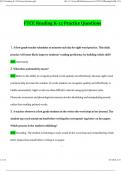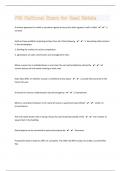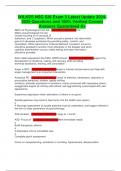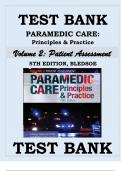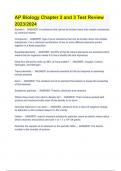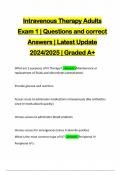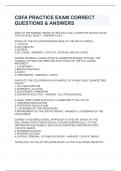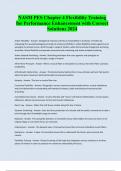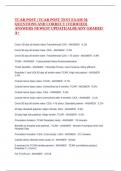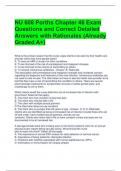Exam (elaborations)
FTCE Reading K-12 Practice Exam 2024 Questions and Answers 2024 / 2025 (Verified Answers by Expert)
- Course
- Institution
FTCE READING K-12 EXAM (2024 / 2025) Actual Questions and Verified Answers / A+ Grade 100% Guarantee FTCE READING K-12 EXAM (2024 / 2025) Actual Questions and Verified Answers & RatioFTCE READING K-12 EXAM (2024 / 2025) Actual Questions and Verified Answers & Rationales / A+ Grade 100% Guaranteenal...
[Show more]
